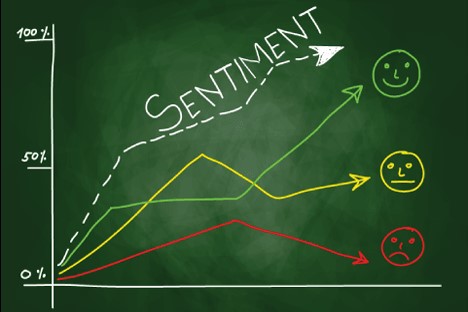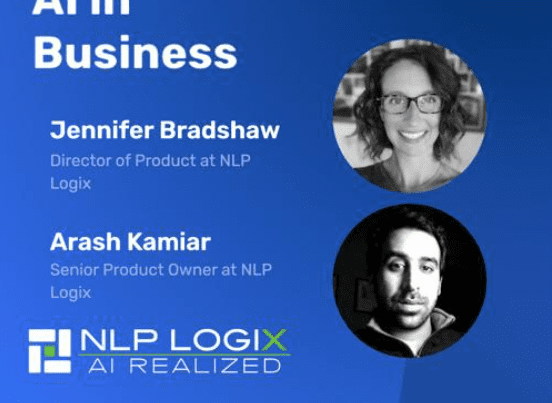Sentiment Analysis Unlocks Value from Email, Notes, Tweets, Text Messages and Other Everyday Communications
“We are helping our customers by combining their existing, unstructured data with new technology to deliver practical and actionable solutions.” – Matt Berseth, Lead Scientist, NLP Logix
JACKSONVILLE, FLORIDA, DECEMBER 12, 2013
NLP Logix uses next-generation sentiment analysis to increase customer loyalty and retention. Sentiment Analysis refers to the use of natural language processing, text analysis and computational linguistics to identify and extract subjective information in source materials. This cutting-edge technology gives an organization the ability to monitor client or customer sentiment on a real-time basis, and when combined with other transactional data, can provide a probability score of overall client satisfaction.
“This is a big breakthrough for our product offering to our clients,” said Matt Berseth, Lead Scientist, NLP Logix. “The majority of communication and exchange of information between an organization and their customers is through written text like email, social media notes or internal memos. Now we have the ability to integrate that into an overall client relationship program.”
Most organizations today track changes in revenue as the barometer for measuring the health of the relationship with their customers. However, using email and other unstructured text exchanges can indicate many weeks or months beforehand, the satisfaction level a client has with a vendor.
How does it work? The data scientists at NLP Logix have developed technology that examines the textual content of a document and assigns a real valued sentiment score to each sentence within the document. For example, the NLP Logix Sentiment Program would score the following sentence as negative: “The customer said they’ve called Support twice and they are not pleased with the response.” This per-document, real valued score is then monitored and client support supervisors are immediately alerted when negative sentiment conversations occur. In addition, these sentiment scores are merged with traditional transactional data streams and are used to predict future behavior.
“The technology is here and many enterprises have already been collecting data – they just didn’t realize it,” said Berseth. “We are helping our customers by combining their existing, unstructured data with new technology to deliver practical and actionable solutions.”





